
Smithsonite, or zinc carbonate, is a favorite among mineral collectors for its range of pleasing colors and often well-developed, botryoidal form. Most collectors agree that smithsonite’s most striking color is the saturated, robin’s-egg blue of the lustrous, translucent specimens from Magdalena, New Mexico.
Smithsonite is also interesting for its unusual historical connection, which is rooted in “calamine,” a mineral that scientists initially believed to be zinc oxide. But in 1803, English chemist James Smithson demonstrated that calamine was actually a mix of three zinc minerals—an oxide, a carbonate, and a silicate. Smithson’s success in chemically differentiating oxide and carbonate minerals was a major advancement in qualitative mineralogy. In 1832, calamine’s zinc-carbonate component was formally named “smithsonite” in his honor. But Smithson’s legacy was destined to go much further.
James Smithson was born in France in 1765 as James Lewis Macie, the illegitimate and unacknowledged son of British subject Hugh Smithson, the first Duke of Northumberland. Smithson eventually adopted his father’s name, became a naturalized British citizen, and in 1786 earned a degree in chemistry from Pembroke College (University of Oxford).
This story is from the {{IssueName}} edition of {{MagazineName}}.
Start your 7-day Magzter GOLD free trial to access thousands of curated premium stories, and 9,000+ magazines and newspapers.
Already a subscriber ? Sign In
This story is from the {{IssueName}} edition of {{MagazineName}}.
Start your 7-day Magzter GOLD free trial to access thousands of curated premium stories, and 9,000+ magazines and newspapers.
Already a subscriber? Sign In
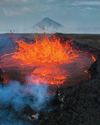
THE BRIGHT SIDE OF VOLCANIC ROCK
As a mineral resource, volcanic rock is decidedly short on glamour.
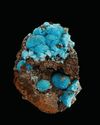
The Other Copper Minerals
12 Lesser-known Collectible Species

MINERAL COLLECTING -AND ROCK & GEM
Evolving Together FOR 54 YEARS
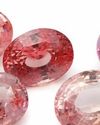
Gemstone Trends
A Look Back at 2024 & What to Expect in 2025
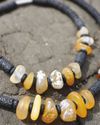
How to Make a GEM BEAD NECKLACE
No Lapidary Experience Needed!
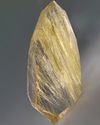
Framing Nature's Art
Faceting Rutilated Quartz for Beginners
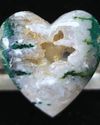
BEDAZZLED BLUE SEAM AGATE
More than several centuries ago, mining was the profession most often seen as befitting of men.
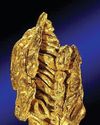
ROCK & GEM FIELD GUIDE:
Spinel is a captivating gemstone with a rich history of being mistaken for gems like ruby and sapphire.
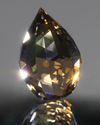
SNAKE SCALE DROP 1.5:1
This Faceting Focus is revisiting the briolette gemstone design because of its popularity with independent and hobby gemstone faceters.

STONE CHIC
How Earth-Inspired Decor Brings Comfort to our Home